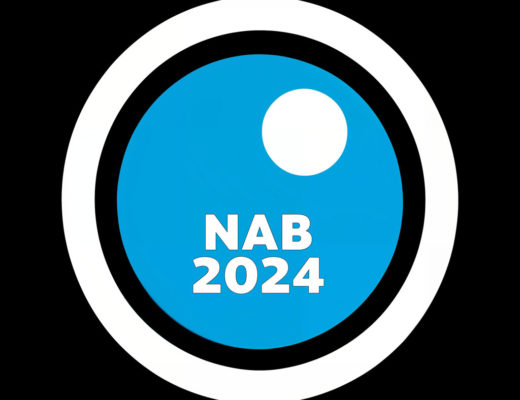Attribution Modeling: It’s Here, It’s Now And You Need To Embrace It.
So, a bold statement: Attribution’s time is here. I’m totally drinking the koolaid, and it’s delicious.
Easy for me to say, right? I work with top-tier clients who “get it.” For the most part, they understand the value of planning, budgeting and measuring every marketing touchpoint with specificity and efficiency. That said, I have heard from every angle of the attribution discussion the concerns, hold-ups, negativity and plain ol’ fear. And in the spirit of admitting that a problem exists (and finding some answers) is the first step to recovery, let me break down and address the fears.
From the brand’s point of view: What we have here is the age-old problem with time and money. There’s just never enough of either, especially to a staff that’s probably been cut in half and seen workloads double. If that weren’t enough, attribution reporting comes along and dumps another load of data onto your frayed and frazzled staff.
Furthermore, done right, attribution means additional cost. And once it’s been paid for, there are two more problems: first, the tool needs time to accrue a decent data pool and establish a new starting point. Then, when the data does finally come in, how is a person supposed to use it? Endless Excel sheets with column after column are no good; what’s needed are conclusions and direction.
Valid concerns, without doubt. But attribution is not for the instant gratification crowd – it’s for those who can see the forest for the trees. I’ve seen earth-shattering (or at least preconceived notion-shattering) insights come through great attribution modeling. Funding of channels can be determined by their true contribution to the success of the company, instead of by the fact that the email manager and the CMO are golf buddies. Put succinctly, attribution knows no politics.
Continues @http://searchengineland.com

Filmtools
Filmmakers go-to destination for pre-production, production & post production equipment!
Shop Now

![Attribution Modeling: It's Here, It's Now And You Need To Embrace It 3 Reblog this post [with Zemanta]](http://img.zemanta.com/reblog_c.png?x-id=1e68cf1e-0568-448b-a78d-b8f47ef74767)













